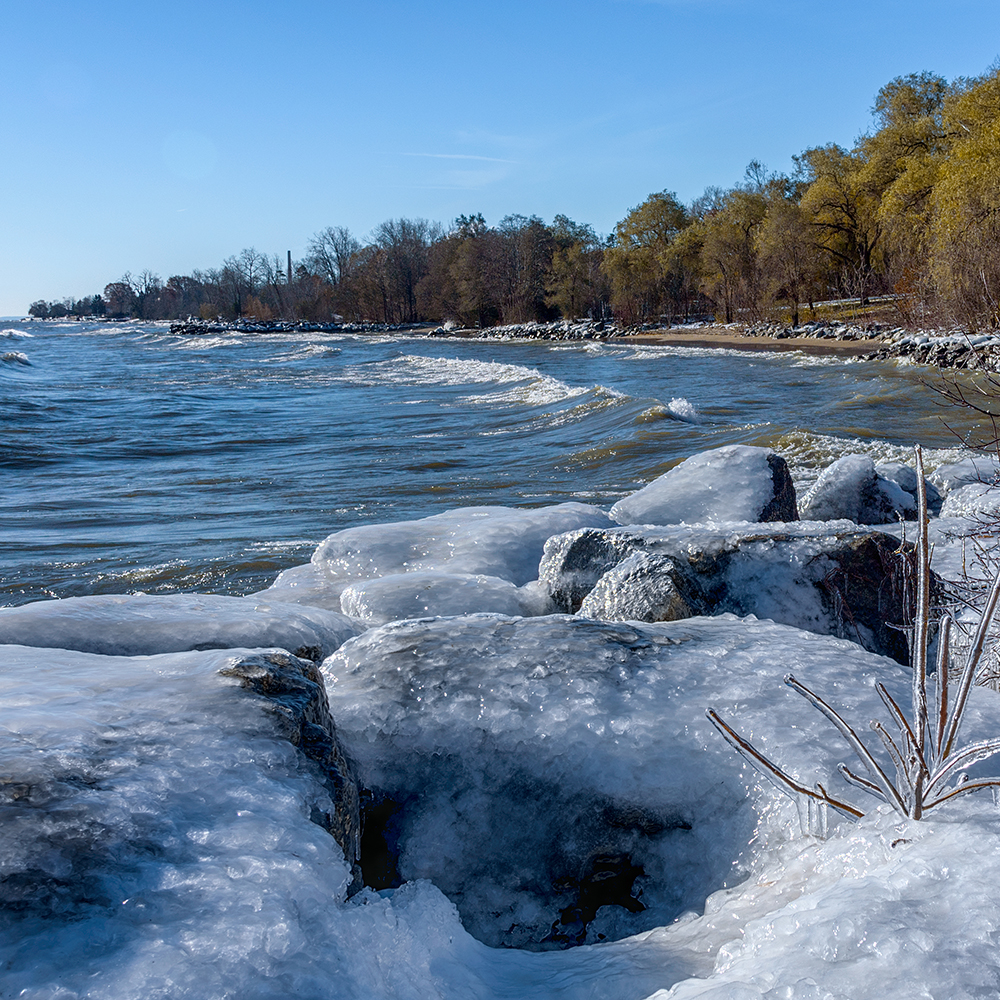Governor Newsom issued a press release stating, “Today we celebrate a historic victory for the health of the Klamath River and the well-being of all the communities, livelihoods and ecosystems that depend on this vital waterway” while posing in a picture with Oregon Governor Kate Brown, US Secretary of the Interior Deb Haaland, Chairman Joseph James of the Yurok Tribe and others. There were notably no farmers or ranchers present.
The Klamath Project dates back to 1906 and irrigates more than 200,000 acres to over 1,400 farms, many owned by families of World War I and II veterans who won the farmland in a lottery system years ago. The fight for this water between farmers, fish and Klamath tribes has lasted more than a century. The Klamath Project routes water through canals, tunnels, dikes and ditches to the people living around it, farmers and ranchers. However, it has drained wetlands and negatively affected the water quality in the Upper Klamath Lake – also killing off millions of Lost River sucker and shortnose sucker fish over the last century, fish that are essential to tribal culture.
With no wetlands and increased cattle grazing, contaminants thrive in the water and toxic algae grows, creating an unhealthy environment for fish to live. The Klamath project being pushed by environmentalists and tribal leaders is said to solve these issues.
However, Siskiyou County farmers and ranchers are skeptical that this project is for the “well-being” of their community, in the words of Governor Newsom.
Many farmers and ranchers in Klamath are concerned with the removal of the Klamath river dams and the possibility that they won’t have a ranch or farm to pass on to future generations. Many have had to cut more than half of their production over the last few decades due to the statewide drought and this project could push many of these generational family farms out of business. It is unclear what is going to be done to ensure water storage infrastructure is in place before breaking down the dams.
Years of increased environmental regulations in California has made removing the four dams more cost effective for previous owner, PacifiCorp, than trying to salvage them. Many are concerned with the role of the alleged “shell” corporation, Klamath River Renewal Corporation, will have over the project and how the corporation will conduct the removal of the four dams.
Congressional representatives Cliff Bentz (OR-02) and Doug LaMalfa (CA-01) shared their grievances in a statement on November 18th saying, “… consequences [of removing Klamath River dams] include reducing power generation, eliminating recreational assets, decimating the local community’s economy, destroying firefighting resources, and damaging the Klamath river’s ecosystems.
“The release of massive amounts of accumulated silt from behind the dams will be devastating to water quality, will cover spawning beds, and will choke fish. Obviously, when politically expedient, the governors of California and Oregon will turn a blind eye to dramatic and substantial environmental damages.”
Eliminating dams hasn’t always resulted in restorative habitats that save fish. In fall of 2019, Marin County Coho salmon populations hit records lows after water was released into the ecosystem. The issue of fish dying is not simply summed up to water flow in rivers and removing dams. Steven Greenhut highlights this issue in Winning the Water Wars saying, “…[fish] aren’t dying at higher-than-usual rates solely because of too-little-water, but because of warming temperatures, other habitat problems and the prevalence of pesky, nonnative predators. It’s a vexing problem, especially given that more water for fish often has a negligible effect on their populations.”
Rather than having a fight between fish and people, the state can please everyone by guaranteeing proper water storage infrastructure is in place before removing the dams. But California hasn’t built any major water-storage projects since the 1970s, and yet the state’s population has almost doubled.
The issue is not our state’s engineering capabilities, or money (the state passes significant water bonds every few years, yet hardly any of the funding spent on water storage infrastructure). The problem is a false narrative that water storage and protecting the environment cannot go hand in hand. And in the meantime, our farmers and ranchers suffer.
Emily Humpal is the Pacific Research Institute’s deputy communications director.

